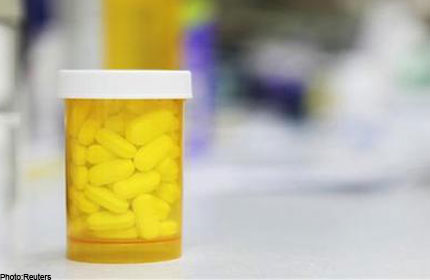Palm oil brings out flavour of ingredients


Choong Mek Zhin | Kuali, The Star | Wed Feb 1 2012

Malaysia, February 1, 2012
Palm oil is slowly changing its less favourable perception to one that signifies an overall better choice in the kitchen, where it is most commonly used as cooking oil.
Derived from the pulp of the oil palm fruit, palm oil - like all vegetable oils - is cholesterol-free.
Since palm oil is semi-solid at room temperature, a simple fractionation process is required to separate it into liquid (olein) and solid (stearin) parts. The palm oil that is widely sold in the market as cooking oil is actually olein.
Celebrity chef and cookbook author Amy Beh who has been using palm oil as cooking oil at home for many years, believes it to be a better choice overall.
"I find that by using palm oil, I am able to carry out deep-frying three or four times more using the same batch of oil before I need to change it. It is also a healthier choice and brings out the flavour of the ingredients," she said.
Beh also finds that food is less oily when she uses palm oil to cook. Cleaning up the kitchen becomes easier as well because palm oil produces less residue and smoke.
Palm oil's balanced content of unsaturated and saturated fatty acids makes it less prone to oxidation when frying at a prolonged high temperature.
This is cost-saving to housewives as the oil lasts longer in the kitchen compared to other vegetable oils like soyabean, corn and canola.
Palm oil is also rich in tocotrienols, another type of antioxidant Vitamin E.
Research has shown that Vitamin E tocotrienols are more potent than Vitamin E tocopherols in fighting against ageing and inhibiting certain types of cancer.
Another type of cooking oil in the market is red palm oil. Red palm oil has a naturally reddish colour due to its high content of beta-carotenes, the same substance that gives carrots and papayas their hue.
Once consumed, beta-carotene is converted to antioxidant Vitamin A in the body. Like olein, it also contains Vitamin E tocotrienols.
During a recent cooking workshop with Beh, participants were exposed to the goodness of palm oil and many gained a different point of view about the oil.
"I learnt many new and positive things about palm oil that I never knew before," said Mary Stuart, 52, a retailer, adding that she would consider using it to cook with in future.
Alice Aruthan, 59, who works as a general secretary, also said the workshop opened her eyes to the benefits of using palm oil.
Both were intrigued by the dishes Beh had cooked using palm oil such as the Fiery Dragon, Fortune in Abundance and Prosperity Yee Sang.

































